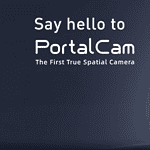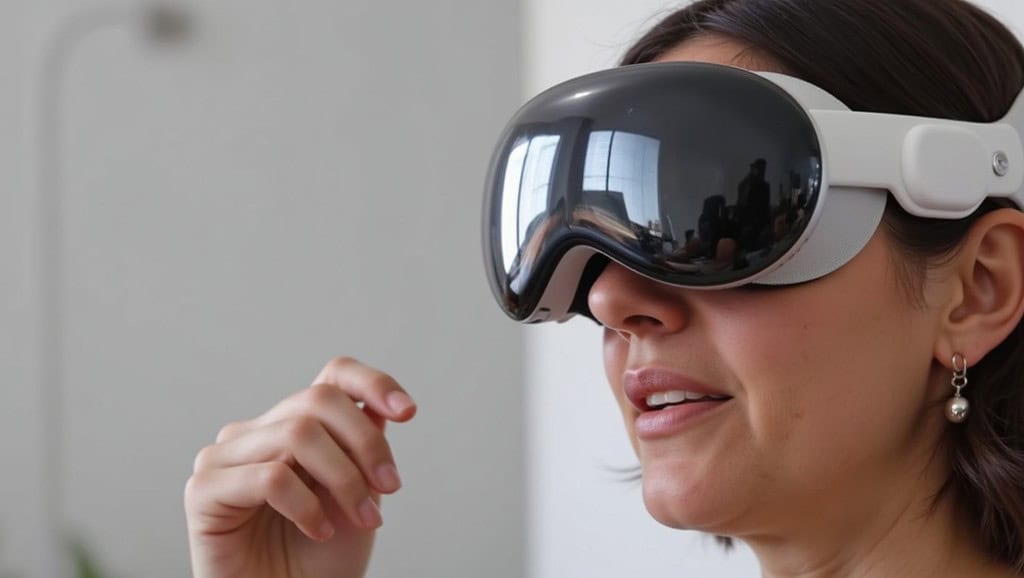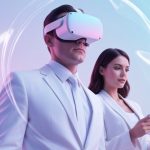

Immersion in Virtual Reality is the magic word when it comes to immersing yourself in digital worlds of experience. The term describes the feeling of being completely absorbed physically and mentally in a computer-generated environment. But where does the word actually come from, why is Immersion in Virtual Reality and which other technologies also generate this pull effect? The following article provides answers - well-founded, comprehensible and with a look at current and future developments.
The origin of the term "immersion" lies in the Latin more and morewhich means "to immerse" or "to sink". In 19th century printing technology, for example, the immersion of an object in liquid was used to apply layers of paint. From the 1980s, the term migrated to computer science: the first research projects on head-mounted displays (HMDs) described the "immersive" visual when users forgot their real environment in favor of a purely digital stage. Today Immersion in Virtual Reality a core term in the XR industry and is used almost synonymously with a high-quality VR experience.
Immersion in Virtual Reality determines whether a VR experience is perceived as credible, exciting and memorable - or not. Researchers often differentiate between Immersion (objective system quality) and Presence (subjective feeling of "being there").
In the Augmented Reality (AR) virtual objects are embedded in the real environment. Modern headsets such as the Apple Vision Pro or Microsoft HoloLens mix high-resolution pass-through videos with 3D content. The Mixed Reality (MR) goes even further: digital and real elements interact with each other in a physically correct way, which makes the Immersion in Virtual Reality similarly strong - only in an open environment.
Even without a display, audio alone can create spaces. Binaural recordings and dynamic Ambisonics rendering convey direction, distance and room size. In parallel haptic technology - from vibration motors to pneumatic pressure pads - tactile stimuli that Immersion in Virtual Reality or even replace them, for example in multisensory installations.
360° videos offer a low-threshold entry: users look around and experience events all around them. Volumetric video goes one step further by capturing people or objects as real 3D models. In combination with light field displays, this creates almost the same Immersion in Virtual Realitybut without complex 3D modeling.
Fulldome projections in planetariums or CAVE installations (Cave Automatic Virtual Environment) surround viewers with large projection surfaces. Although the users are not wearing HMDs, the 360° image and surround sound create a strong presence effect that is reminiscent of the Immersion in Virtual Reality reminds.
Practical examples - from VR training courses to Metaverse events - can be found in the article What is Virtual Reality?.
Whether it's Latin lessons, the 19th century or high-tech laboratories - the concept of "immersion" has been with mankind for a long time. Today Immersion in Virtual Reality Experiences that deceive our senses and expand our horizons. But VR is just one piece of the mosaic. AR, MR, volumetric videos, CAVE environments and haptic systems are also entering the mainstream and show that immersion is no longer an exclusive VR phenomenon.
For companies, this means that if you want to inspire tomorrow, you should start now with Immersion in Virtual Reality and related technology trends. The tools are there - whether for marketing events, training courses or artistic installations. The decisive factor is how convincingly developers combine sensory and narrative levels. Then the magic happens, where users have to pause briefly after putting on the headset to sort reality and simulation again.
External source: Background information on the origin of the term and initial VR research can be found at Wikipedia.

Are you interested in developing a virtual reality or 360° application? You may still have questions about budget and implementation. Feel free to contact me.
I am looking forward to you
Clarence Dadson CEO Design4real







Immersion in virtual reality describes the feeling of being completely absorbed in a computer-generated environment. It is about users forgetting their real surroundings and immersing themselves in the virtual world. Immersion is crucial for the quality and credibility of a VR experience.
The sensory factors include visual detail, spatial audio, haptics & force feedback and interaction without latency. These factors contribute to giving users the feeling of being in a realistic environment.
Immersion refers to the objective system quality that enables users to immerse themselves in a virtual environment. Presence, on the other hand, is the subjective feeling of "being there" that users experience when they are in the virtual world.
Augmented reality (AR) makes it possible to integrate digital objects into the real world, which reinforces the feeling that these objects actually exist. Modern headsets mix high-resolution pass-through video with 3D content, which promotes immersion in open environments.
Technologies such as immersive audio, haptic systems, volumetric videos and fulldome projections can complement or even replace immersion in virtual reality. These technologies offer multi-sensory experiences that enhance the feeling of immersion.
Immersion enables companies to create impressive and memorable experiences that can be used in areas such as marketing, training or artistic installations. It helps to inspire users and maximize the impact of content.
Best practices include the use of low-persistence displays, improving inside-out tracking, foveated rendering and natural interactions such as hand and eye tracking. These techniques help to increase immersion and improve the user experience.
Cybersickness can be reduced by using teleportation instead of smooth locomotion and dimming the peripheral field of vision during fast movements. These measures help to reduce user discomfort and increase immersion.